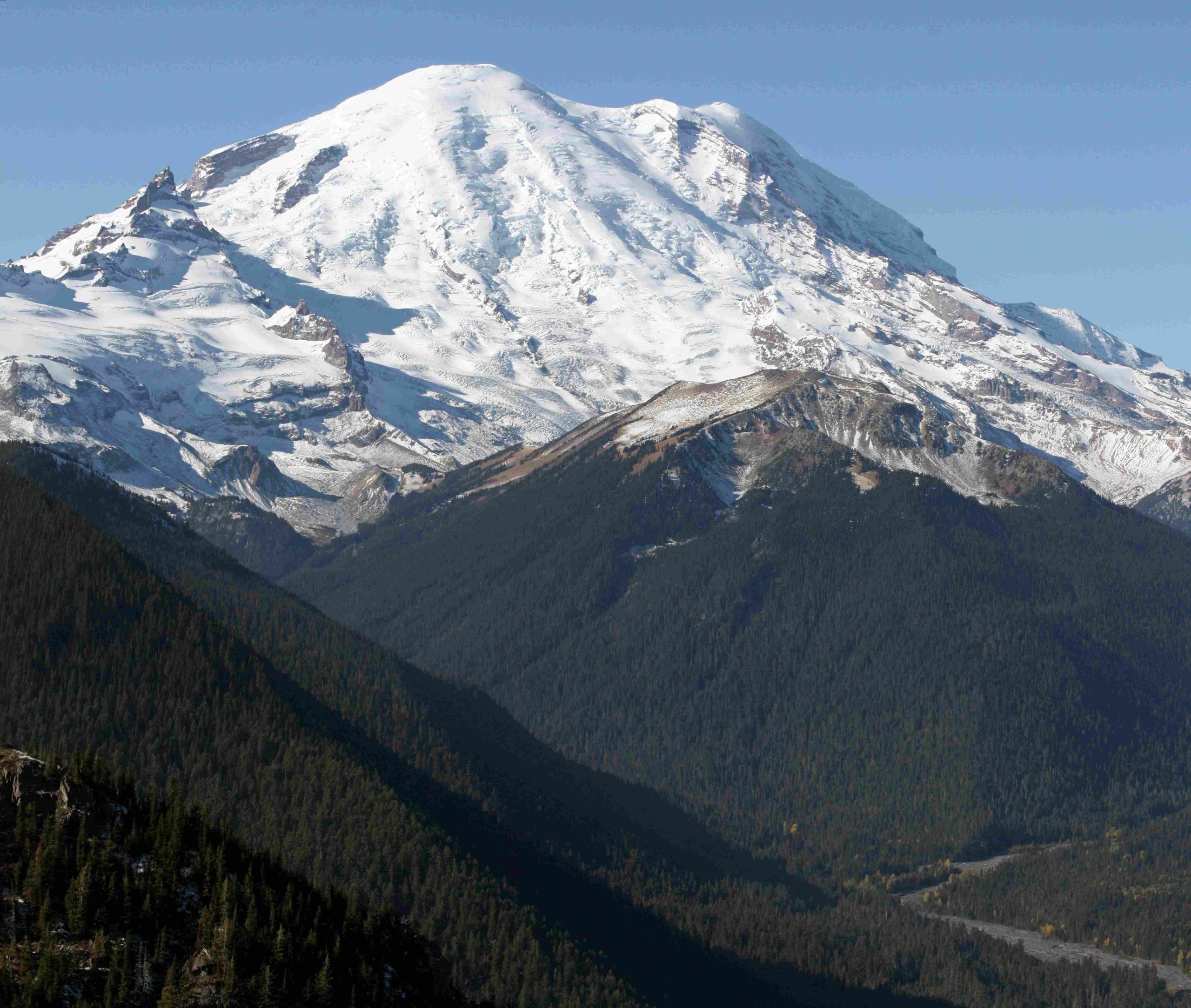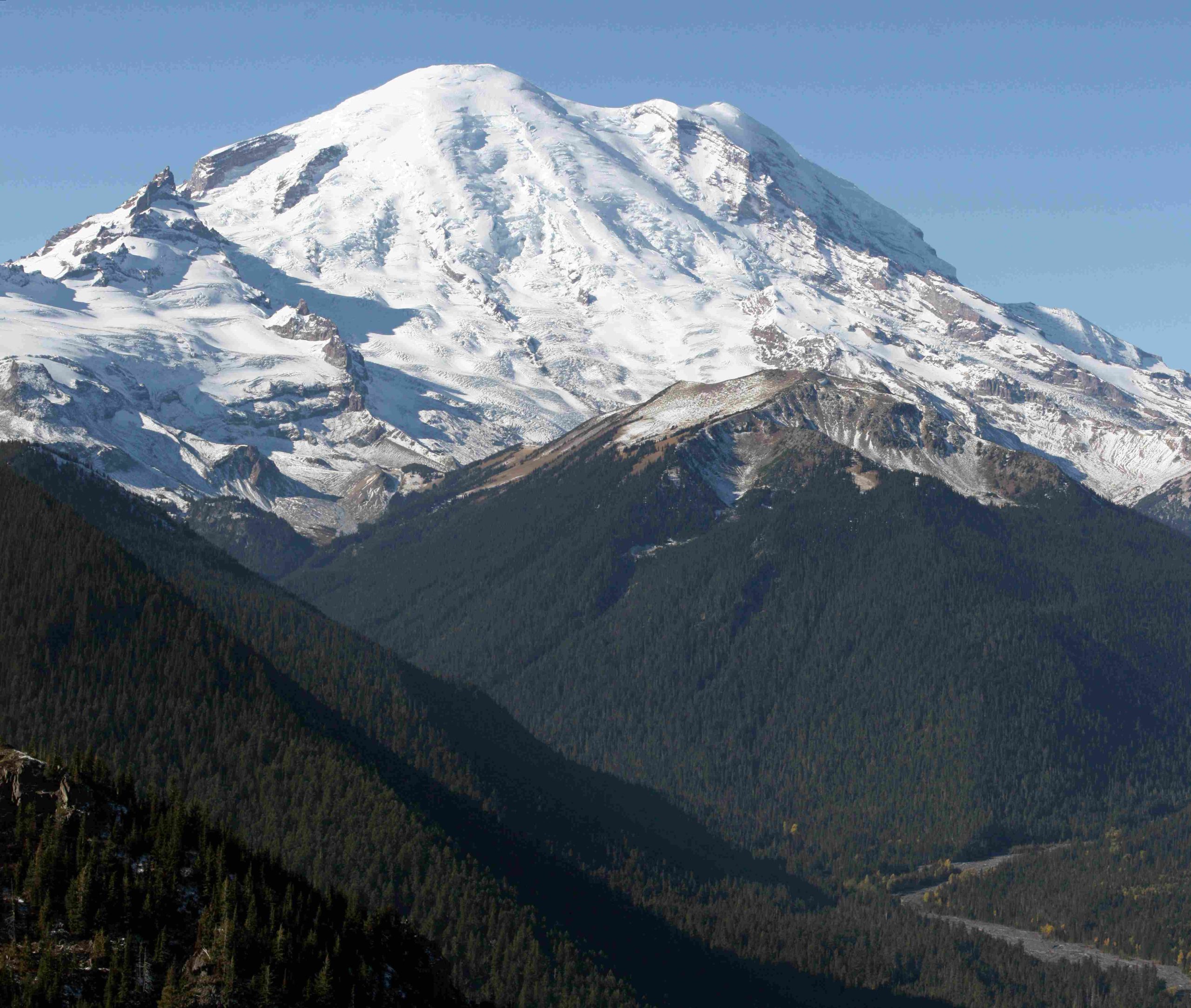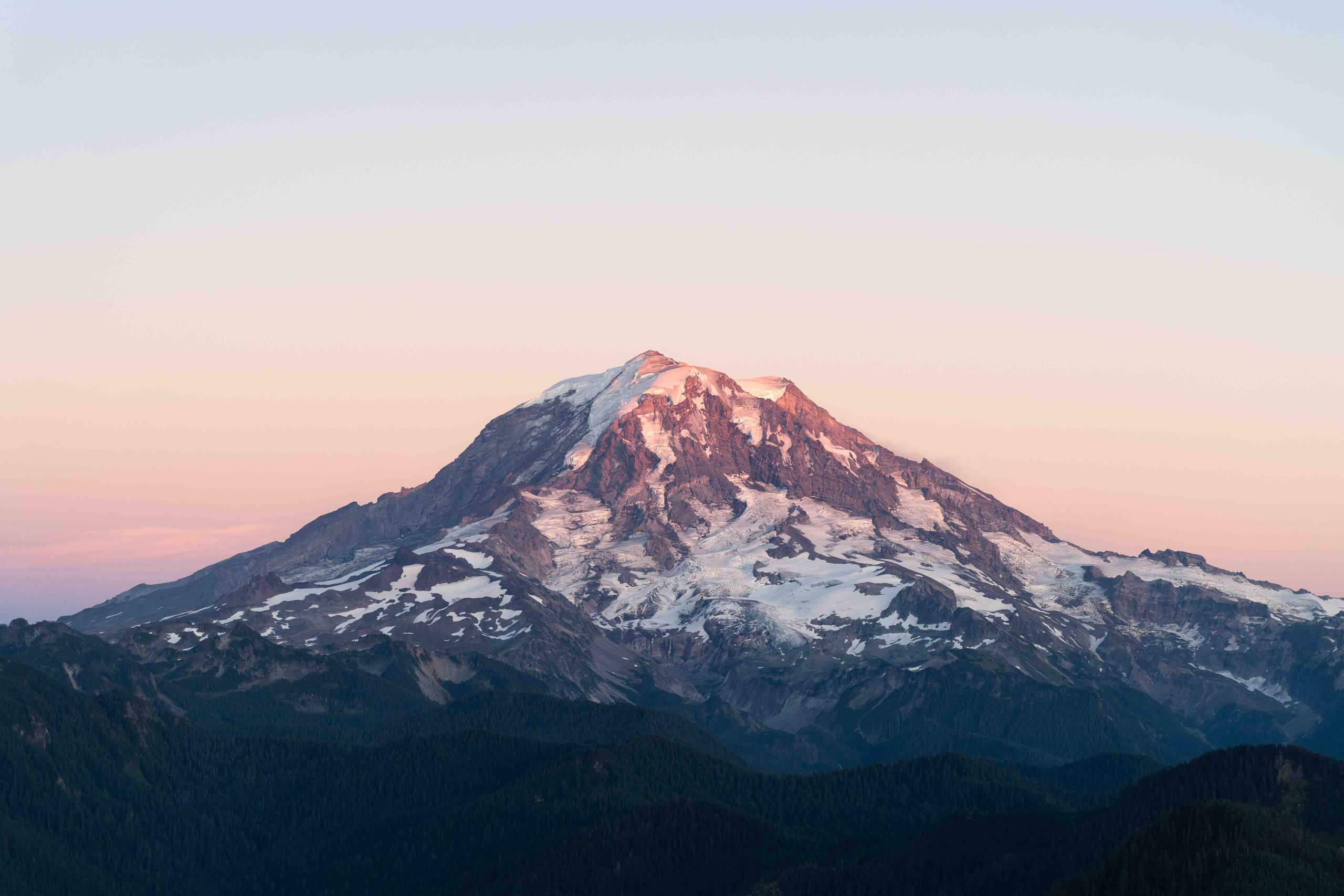The journey from Mount Rainier to Forks is a scenic adventure spanning approximately 231 miles (371 km) through Washington State. This trip takes about 5 hours and 19 minutes, offering diverse landscapes from towering mountains to lush rainforests. Travelers can explore numerous attractions, including national parks, coastal areas, and charming towns along the way. The route presents opportunities for hiking, sightseeing, and experiencing the natural beauty of the Pacific Northwest.
What is the Best Route from Mount Rainier to Forks?

The most direct route from Mount Rainier to Forks involves several key segments:
- Depart Mount Rainier National Park via SR-706 W
- Take I-5 N towards Seattle
- Continue on US-101 N towards Port Angeles
- Follow US-101 W to Forks
This route offers a blend of mountain scenery, urban landscapes, and coastal views. However, it’s important to note that road conditions and traffic can significantly impact travel time.
How Long Does the Drive from Mount Rainier to Forks Take?

The drive from Mount Rainier to Forks typically takes around 5 hours and 19 minutes, covering a distance of 231 miles (371 km). However, several factors can affect this duration:
- Traffic Conditions: Especially heavy near Seattle and Tacoma
- Road Closures: Common in winter months, particularly in mountainous areas
- Scenic Stops: Many travelers choose to make multiple stops, extending the journey
It’s advisable to check road conditions and plan for potential delays, especially during peak tourist seasons or inclement weather.
What Are the Major Attractions Between Mount Rainier and Forks?
The journey from Mount Rainier to Forks offers numerous attractions. Here’s a table highlighting some key points of interest:
| Location | Distance from Mount Rainier | Key Attractions |
|---|---|---|
| Seattle | ~60 miles | Space Needle, Pike Place Market |
| Tacoma | ~110 miles | Museum of Glass, Tacoma Dome |
| Olympia | ~170 miles | State Capitol, Percival Landing |
| Port Angeles | ~290 miles | Olympic National Park Visitor Center, Hurricane Ridge |
| Forks | ~350 miles | Hoh Rainforest, Rialto Beach |
Each of these locations offers unique experiences, from urban exploration to natural wonders.
What Hiking Opportunities Exist Along the Route?
While there’s no continuous hiking trail from Mount Rainier to Forks, both areas offer exceptional hiking opportunities:
Mount Rainier National Park Trails:
- Naches Peak Loop (3.4 miles, moderate)
- Emmons Vista Trail (3.5 miles, moderate)
- Burroughs Mountain Trail (9 miles, strenuous)
Olympic National Park (near Forks) Trails:
- Hall of Mosses (0.8 miles, easy)
- Spruce Nature Trail (1.2 miles, easy)
- Hoh River Trail (18 miles one-way, strenuous)
These trails showcase the diverse ecosystems of Washington, from alpine meadows to temperate rainforests.
What Amenities Are Available Along the Route?
Travelers will find various amenities along the Mount Rainier to Forks route:
- Rest Areas: Multiple rest stops along I-5 and US-101
- Fuel Stations: Regularly spaced in urban areas, less frequent in rural sections
- Food Options: Range from fast food to local cuisine, especially in larger towns
- Lodging: Various options from campgrounds to hotels, particularly near national parks
It’s recommended to plan stops in advance, especially in more remote areas where services may be limited.
How Do Road Conditions Affect the Journey?
Road conditions can significantly impact the trip from Mount Rainier to Forks:
- Mountain Roads: Winding and narrow within Mount Rainier National Park, with speed limits around 35 mph
- Interstate Sections: Generally well-maintained, but prone to heavy traffic near Seattle
- Coastal Roads: Can be affected by weather, especially in winter months
Travelers should check road status reports before departing, particularly during winter when snow and ice can cause closures or require chains.
What Are the Best Seasons for This Trip?
Each season offers a unique experience for the Mount Rainier to Forks journey:
- Summer: Peak season with optimal weather and full access to attractions
- Fall: Beautiful foliage, fewer crowds, but potential for early snow in higher elevations
- Winter: Challenging driving conditions, some road closures, but stunning snow-covered landscapes
- Spring: Wildflowers begin to bloom, but some high-elevation areas may still be snow-covered
Consider the trade-offs between weather conditions, crowd levels, and accessibility when planning your trip.
How Can Travelers Prepare for the Journey?
To ensure a smooth trip from Mount Rainier to Forks:
- Check road conditions and weather forecasts
- Plan for fuel stops, especially in remote areas
- Carry emergency supplies, including water and snacks
- Have a physical map as backup to GPS
- Allow extra time for scenic stops and potential delays
Proper preparation can enhance the experience and mitigate potential challenges along the route.
What Unique Experiences Does This Route Offer?
The Mount Rainier to Forks route offers a diverse range of experiences:
- Transition from alpine environments to coastal ecosystems
- Opportunity to visit two iconic national parks (Mount Rainier and Olympic)
- Blend of urban exploration (Seattle, Tacoma) and rural charm (small coastal towns)
- Chance to see diverse wildlife, from mountain goats to marine life
- Experience of Pacific Northwest culture and cuisine
This journey encapsulates much of what makes Washington State unique and appealing to travelers.
References:
1. https://www.nps.gov/mora/planyourvisit/directions.htm
2. https://www.nps.gov/mora/planyourvisit/park-brochure.htm
3. https://wanderlog.com/drive/between/59233/59155/forks-to-mount-rainier-national-park-drive

